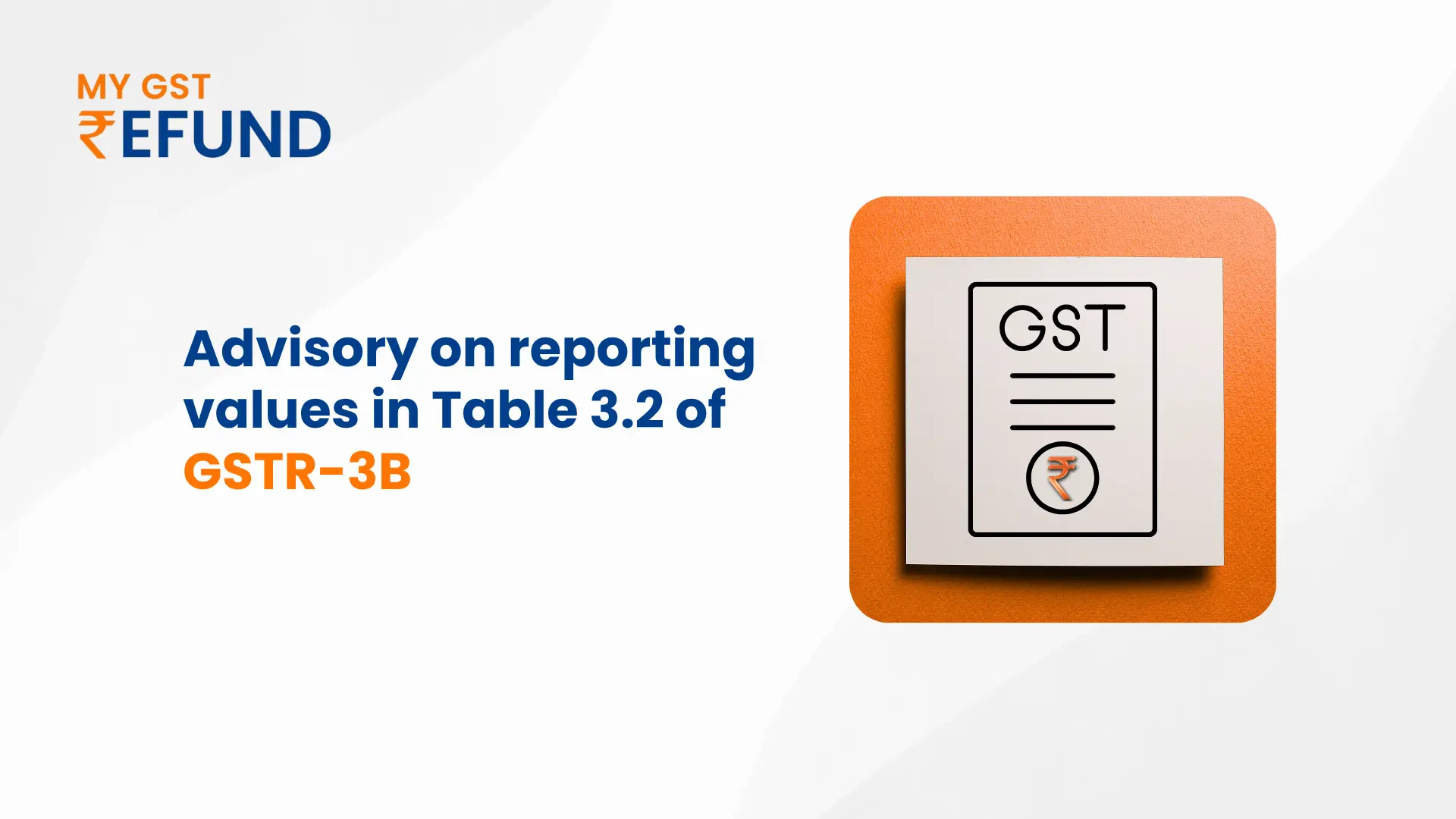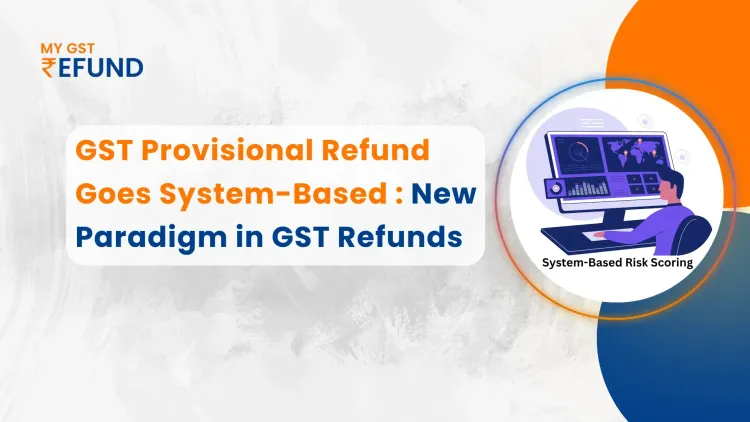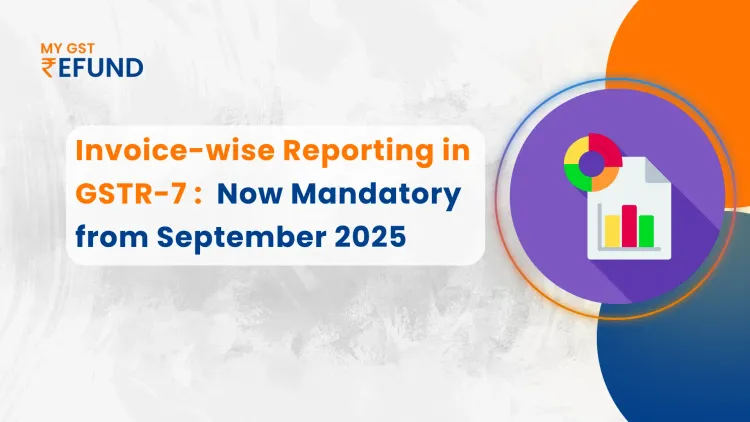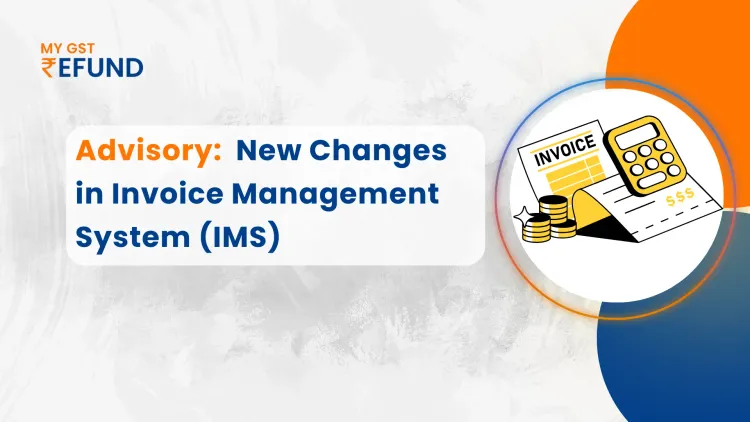GSTN Advisory: Auto-Populated Table 3.2 in GSTR-3B to Become Non-Editable from July 2025
As a major step towards promoting accuracy and automation in GST return filings, the Goods and Services Tax Network (GSTN) has decided that non-editable values in table 3.2 of GSTR-3B will be reinstated starting the July 2025 tax period. This advisory was issued on July 19, 2025, reiterating April 11, 2025, news about the system-generated and not editable nature of this table in interstate supplies.
What’s Changing?
The interstate supplies to unregistered persons, composition dealers, and persons having a UIN are captured under Table 3.2 of GSTR-3B. Since July 2025, the taxpayers cannot manually edit the auto-populated values in this table any longer. These numbers will be filled in the GST portal and will be based on information provided in GSTR-1, GSTR-1A, or IFF, and the taxpayers have to fill out GSTR-3B based on these values determined by the system.
This automation aims to reduce chances of errors, enhance consistency, and facilitate the filing process on the basis of previously announced data in previous returns.
Background:
This feature was initially scheduled to be effective as a result of the April 2025 and subsequent return periods, but was temporarily derailed until there were massive taxpayer representations claiming logistical challenges about making returns. GSTN had also kept Table 3.2 editable so that businesses could get time to adjust themselves.
But the advisory mentions clearly that the prior relaxation was not long-term, and non-editable auto-populated values will be restored again as of July 2025, as it was planned initially.
What if the auto-populated values are incorrect?
GSTN has made it clear that in case of any correction that is needed in Table 3.2, before GSTR-3B filing, either of the following processes should be carried out:
- Amendments through GSTR-1A: Taxpayers may make amendments by filing form GSTR-1A to get an amendment to the numbers before filing GSTR-3B. GSTR-1A does not have a barring date, as opposed to GSTR-3B.
- Making Corrections in Later GST Periods: In case mistakes have been discovered later after the GSTR-3B has been filed, they need to be rectified in future GSTR-1/IFF returns.
This amendment puts more stress on proper and on-time reporting in GSTR-1 since values inputted in GSTR-1 will have a direct impact on the calculation of GSTR-3B
GSTN’s Recommendation to Taxpayers
- To avoid mismatches or unnecessary amendments, taxpayers are strongly advised to:
- Verify and report interstate supplies correctly in GSTR-1, GSTR-1A, or IFF.
- Ensure that amendments via GSTR-1A are made promptly before filing GSTR-3B.
- Educate compliance teams and software vendors about the new system-generated workflow.
Conclusion
This reintroduction is yet another phase in the overall effort of GSTN to automate and verify GST returns on cross-linked data between return forms. This new advisory brings with it the need for businesses and tax professionals to ensure that they migrate towards a more automated ecosystem in which the integrity of data in GSTR-1 is a determining factor toward the accuracy of GSTR-3B.
Related Posts







